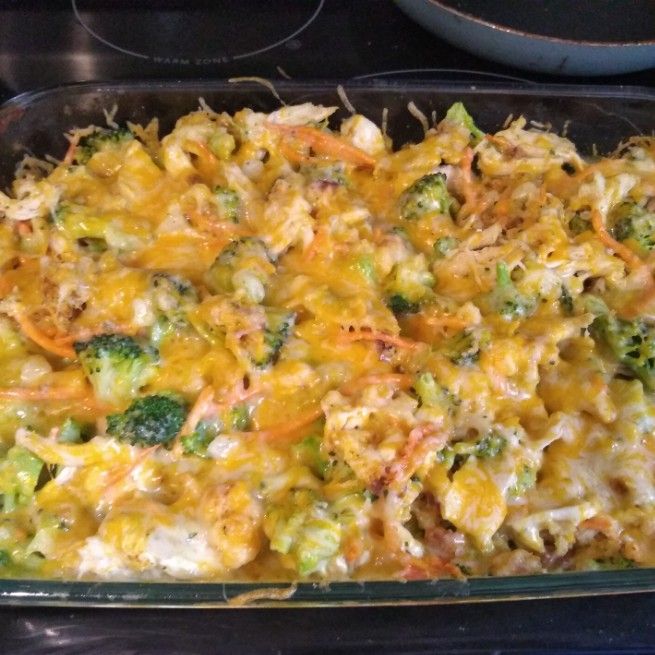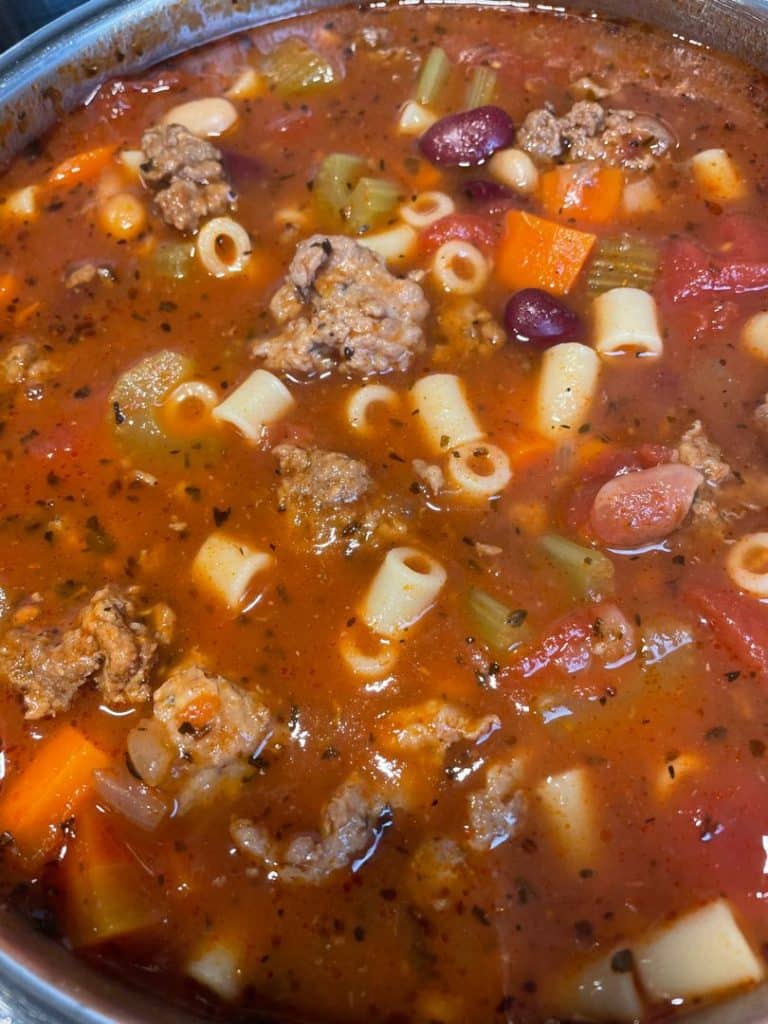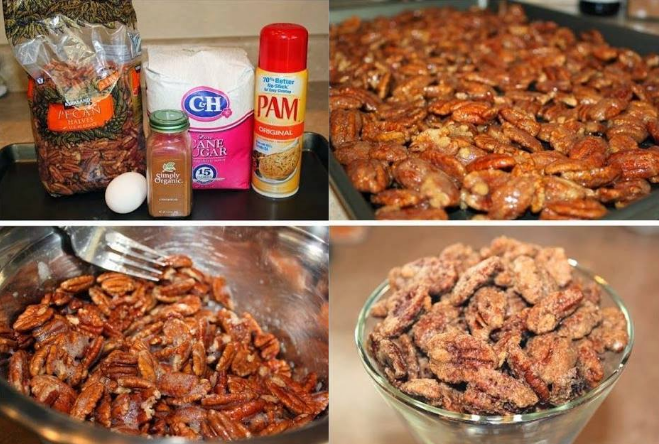Saganaki

A Taste of Home: Warm Memories and Crisp, Golden Saganaki
There’s something utterly magical about the first sizzle of cheese hitting hot olive oil. Every time I make saganaki, I’m instantly transported back to my grandmother’s cozy kitchen in Athens—the soundtrack is laughter, the aroma is salty and citrusy, and the golden crust is enough to make your mouth water before you even sit down. Saganaki isn’t just a Greek appetizer; to me, it’s pure nostalgia on a plate. If you’ve never tried this sizzling cheese dish before, you’re in for a treat. Let me walk you through everything you need to create the perfect saganaki at home (bonus: it’s way easier than you think).
Why You’ll Adore This Saganaki
Let me tell you, there are so many reasons this crispy, melty cheese appetizer is always on repeat in my kitchen. Here are a few that come from the heart (and the stomach):
- It’s unapologetically simple. With just a handful of classic Greek ingredients, saganaki delivers maximum flavor with minimal fuss—perfect for weeknights or spontaneous gatherings.
- The contrast is next-level. Think: a golden, crackly crust giving way to oozy, salty cheese, brightened up with a spritz of fresh lemon juice (seriously, it’s happiness in every bite).
- It’s totally crowd-pleasing. This is the dish friends always ask for when they come over. It’s vegetarian, universally loved, and feels like a little celebration every time.
- It takes ten minutes. No joke! From fridge to table, this Greek cheese recipe is about as fuss-free as you can get.
Ingredients You’ll Need for Saganaki
You only need four main ingredients to whip up homemade saganaki, but each one makes a difference. Here’s what to grab:
- Kefalotyri or Kasseri cheese (200g slab): Look for a firm, salty Greek cheese at your local Mediterranean market. Kefalotyri gives you a sharper, saltier finish, while kasseri is a bit milder and melts beautifully (don’t use feta—it’s too soft; trust me, it loses all structure!).
- Flour (40g, for coating): All-purpose flour is perfect—just enough to give you that addictive golden crunch.
- Olive oil (3 tbsp): Use good-quality extra virgin olive oil for authentic flavor and crispy results (Greek olive oil gets you bonus points).
- Lemon wedges (1 medium): The real magic: freshly squeezed lemon juice ties everything together. Don’t skip it!
Step-by-Step Guide: Making the Perfect Saganaki
Honestly, making saganaki is almost as fun as eating it. Follow these steps and you’ll have golden perfection in a flash:
Pat cheese dry
Lay your slab of cheese on a paper towel and pat it dry. This helps the flour stick and prevents scary splattering in the pan.Coat in flour
Lightly dust both sides of the cheese with flour. Shake off the excess. (Hint: You want it coated, not caked!)Heat olive oil
Pour the olive oil into a nonstick or cast-iron frying pan and heat over medium-high until it’s shimmering.Fry the cheese
Carefully lay the floured cheese slab in the hot oil. Fry for about 2 minutes per side, until each is golden brown and perfectly crispy. (Peek underneath with a spatula; don’t be afraid to go for extra color!)Serve with lemon
Use a spatula to transfer your saganaki to a plate. Immediately squeeze over fresh lemon juice, and serve while it’s piping hot—and yes, encourage everyone to dig in immediately!
My Secret Tips and Tricks for Saganaki Success
I’ve cooked saganaki more times than I can count, and here’s what I’ve learned about achieving that iconic crispy exterior every time (these work for all sorts of pan-fried cheese appetizers, by the way):
- Cheese thickness matters: A 1cm-thick slab holds together and gets gooey without melting away (pan-fried cheese should be just soft—not a puddle).
- Get that oil hot, but not smoking: If it’s too hot, the coating burns before the cheese warms through; too cool, and you’ll end up with greasy saganaki.
- Don’t overcrowd the pan: Fry one piece at a time for even browning and the best results.
- Use a fish spatula: This helps you flip the cheese gently, keeping the crust intact.
With a few little tricks, your homemade saganaki will rival any Greek taverna (this is truly one of my favorite Greek appetizers for a reason!).
Creative Variations and Ingredient Swaps
The beauty of classic saganaki lies in its simplicity, but you can totally personalize this pan-fried cheese. Here are some easy twists:
- Try Graviera or halloumi: If you can’t find traditional Greek kefalotyri or kasseri cheese, Graviera is a great substitute. Halloumi (Cypriot cheese) works too, though it won’t get quite as gooey.
- Gluten-free swap: Use gluten-free flour or cornstarch for the coating. You’ll still get that amazing golden crust!
- Add extra flavor: Sprinkle in a little oregano or chili flakes into the flour for a fun twist. Sometimes I zest a little lemon peel over the finished dish—so good.
- Vegan option: There are some pretty decent firm vegan cheeses on the market now—look for one that’s specifically made for grilling or frying.
- Drizzle with honey: For a sweet and savory spin (truly Greek!), drizzle your hot saganaki cheese with a touch of honey and a pinch of sesame seeds.
How to Serve and Store Your Saganaki
Trust me, saganaki is at its absolute best served piping hot, straight from the frying pan to the table. Here’s how I love to serve it (and what to do if you miraculously have leftovers):
- Serve immediately: Place on a small platter, douse with lemon juice, and serve with crusty bread or pita (gnawing on the crispy edges is totally encouraged!).
- Great as an appetizer: It’s a show-stopper at any dinner party or Greek night at home.
- Pairings: I love it with olives, sliced tomatoes, and a glass of crisp white wine.
- To store: Leftover saganaki is rare, but you can refrigerate it in an airtight container. Reheat in a hot, dry skillet for a minute or two to re-crisp (the microwave isn’t ideal here).
FAQs: Your Top Questions About Saganaki Answered
What kind of cheese is best for saganaki?
Traditional saganaki uses firm Greek cheeses like kefalotyri or kasseri, but graviera and halloumi are solid backups. You want something that softens, not melts away in the pan.
Why does my saganaki sometimes fall apart?
If your cheese is too thin, or the oil isn’t hot enough, the cheese might lose its shape. Make sure to use a thick slab and preheat the pan well!
Can I make saganaki ahead of time?
Saganaki is one of those Greek appetizers that truly shines fresh. If you need to prep ahead, have the cheese floured and ready to go, then fry just before serving.
Is saganaki the same as flaming cheese?
Great question! In Greece, saganaki is typically served as-is, with lemon. The flaming version you see at some Greek-American restaurants (often called “opa cheese” or “flaming saganaki”) is a super fun tableside show, but you don’t need to set anything on fire for authentic flavor at home.
What goes with saganaki?
I love serving saganaki as part of a mezze platter with olives, hummus, and fresh veggies—but honestly, it’s so good it almost doesn’t matter what else is on the table!
If you’ve never tried making saganaki before, you’re just minutes away from one of my ultimate comfort foods. Go grab your cheese and let’s get sizzling—this little Greek pan-fried cheese appetizer is a guaranteed hit, every single time. Opa!
Saganaki
Ingredients
Main Ingredients
- 200 g Kefalotyri or Kasseri cheese Look for a firm, salty Greek cheese.
- 40 g All-purpose flour For coating; not caked.
- 3 tbsp Olive oil Use good-quality extra virgin olive oil.
- 1 medium Lemon wedges Freshly squeezed lemon juice is essential.
Instructions
Preparation
- Pat cheese dry using a paper towel to help the flour stick.
- Lightly dust both sides of the cheese with flour and shake off the excess.
Cooking
- Heat olive oil in a nonstick or cast-iron frying pan over medium-high heat until shimmering.
- Carefully lay the floured cheese slab in the hot oil and fry for about 2 minutes per side until golden brown.
Serving
- Transfer the saganaki to a plate using a spatula, drizzle with fresh lemon juice, and serve immediately while hot.






